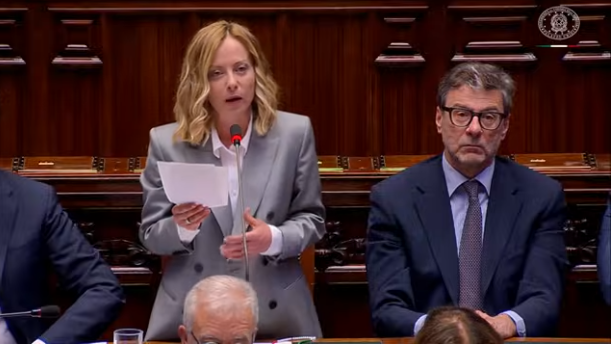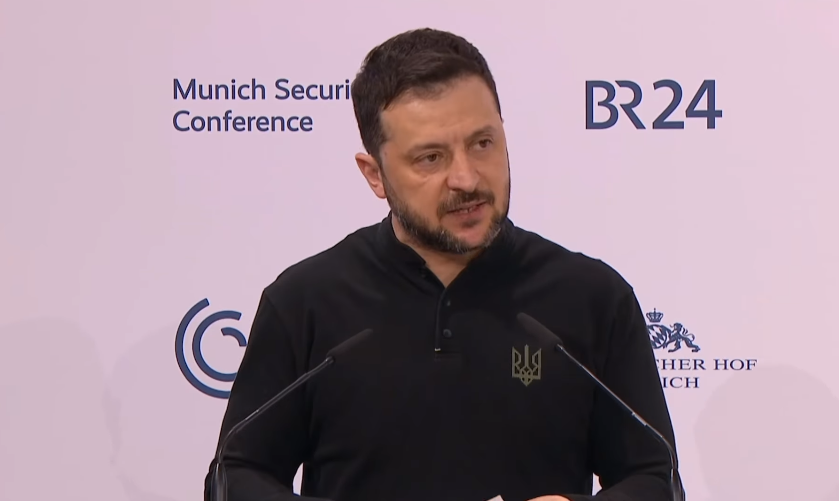MEXICO CITY/TIJUANA (Reuters) – A group of U.S. activists opposed to President Donald Trump’s immigration policies helped migrants in Mexico during a clash with U.S. agents at the border on New Year’s Eve, and dispute their government’s account of the events.
FILE PHOTO: A person attends to a migrant after U.S. Customs and Border Protection (CBP) officials deployed tear gas after migrants tried to cross into the United States, in Tijuana, Mexico January 1, 2019. REUTERS/Mohammed Salem/File Photo
Late on Monday, about 150 migrants gathered at the border in Tijuana to try to enter the United States, according to the U.S. activists and a Reuters witness.
After learning of a possible conflict, 11 U.S. volunteers who were in Tijuana headed to the border to provide medical assistance and document the events, said Lilith Sinclair, a spokeswoman for the group.
The activists, part of a group known as the Border Support Network, have said they were banding together to counter what they view as the U.S. government’s violation of asylum seekers’ rights.
They have also challenged the U.S. government’s position that agents deployed tear gas after coming under attack.
“This attack on migrants peacefully seeking asylum was crippling, inhumane and unprovoked,” Sinclair said in a statement on Wednesday.
The clash in Tijuana was the second incident in less than two months in which dozens of migrants tried to cross the border and were met with gas.
The activists were not present for the entire confrontation, but did not witness any provocation by migrants in the time they were there, Sinclair, a 24-year-old from Portland, Oregon, said in an interview.
When Sinclair arrived, she saw a small group near the border fence, trying to tell agents they planned to seek asylum. She then saw agents deploy tear gas.
The U.S. Customs and Border Protection (CBP) agency said it could not immediately respond to a request for comment, citing a backlog due to the U.S. government shutdown. The CBP previously said agents launched smoke, pepper spray and tear gas known as CS gas only after migrants threw rocks.
“This is among the lowest levels of response we can give,” said Joshua Wilson, vice president of the San Diego Border Patrol Union. “A rock is deadly force.”
A Reuters witness did not see migrants throwing rocks. The Associated Press reported that rocks were flung after tear gas was deployed.
The CBP said on Wednesday that an internal investigation of the use of CS gas on Dec. 31 was underway. On Thursday, the Mexican government requested a full investigation.
ANTI-FASCISTS
Formed in November in response to the migrant caravans that drew Trump’s ire, the activist coalition includes self-described anti-fascists and advocates for causes such as indigenous rights and water access, Sinclair said. Some members met through protests over the Dakota Access Pipeline and a police shooting in Ferguson, Missouri.
Mario Osuna, Tijuana’s secretary of municipal development, and a spokesman for the foreign ministry said they had no information about the group. Mexico’s immigration institute did not immediately respond to requests for comment.
Under Mexican law, U.S. citizens may undertake voluntary work for up to 180 days without a visa.
In mid-November, the group opened a safe house in Tijuana, housing about 25 volunteers at a time, most from the United States, said Evan Duke of Seattle, one of the organizers.
The Border Support Network is funded largely by individual donations, Sinclair said.
The group mobilized quickly after receiving word of the clash, heading out with warm clothes, medical supplies and water, said Duke, 45. He stayed behind to support volunteers from the safe house, adding that the activists had not transported migrants to the border or otherwise instigated the incident.
Another activist, Nathaniel Dennison, a 34-year-old documentary filmmaker based in Virginia, said the mood at the border was “hopeful and peaceful until border patrol acted on asylum seekers, unprovoked.”
Dennison said he was struck by three “plastic pellets.” The CBP says it does not deploy rubber bullets but does use pepper balls, a round rubber projectile containing pepper spray.
Erick Hernandez, a 24-year-old Salvadoran who tried to enter the United States, said American volunteers helped bridge the language gap at the border.
“They spoke with the American side,” he said. “We asked them for a little bit of respect for the children.”
Reporting by Julia Love in Mexico City and Mohammed Salem in Tijuana; additional reporting by Kristina Cooke in San Francisco and Lizbeth Diaz in Tijuana; Editing by Tom Brown






Leave a Reply